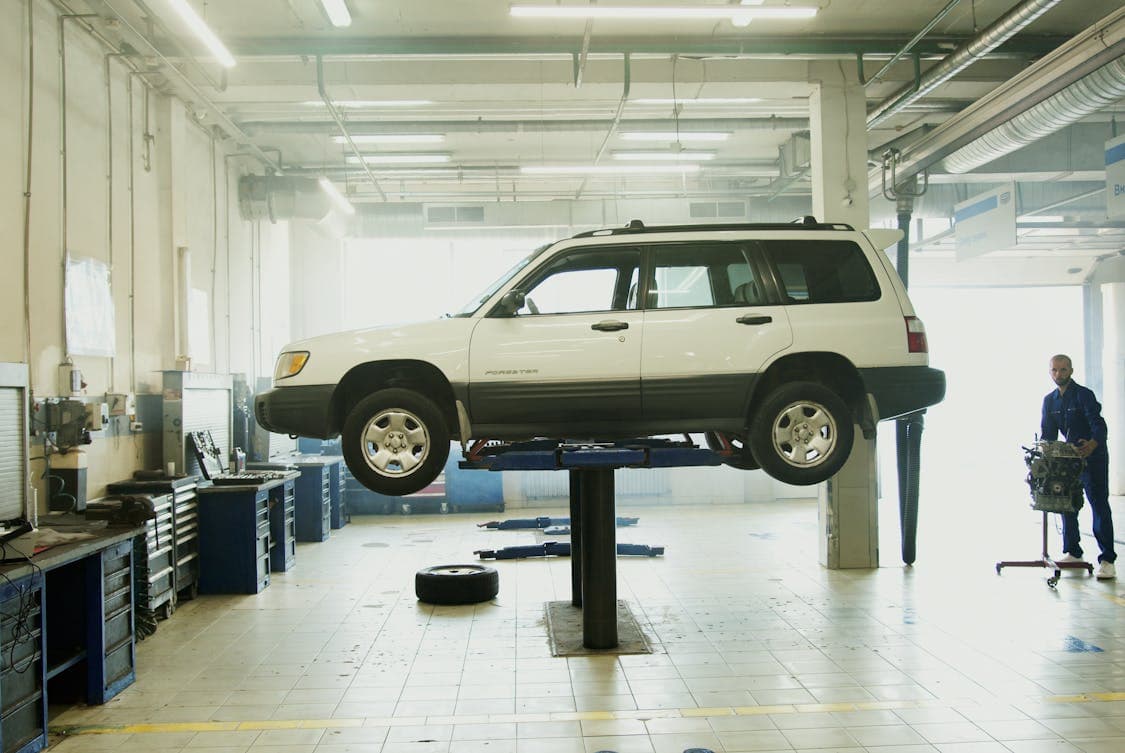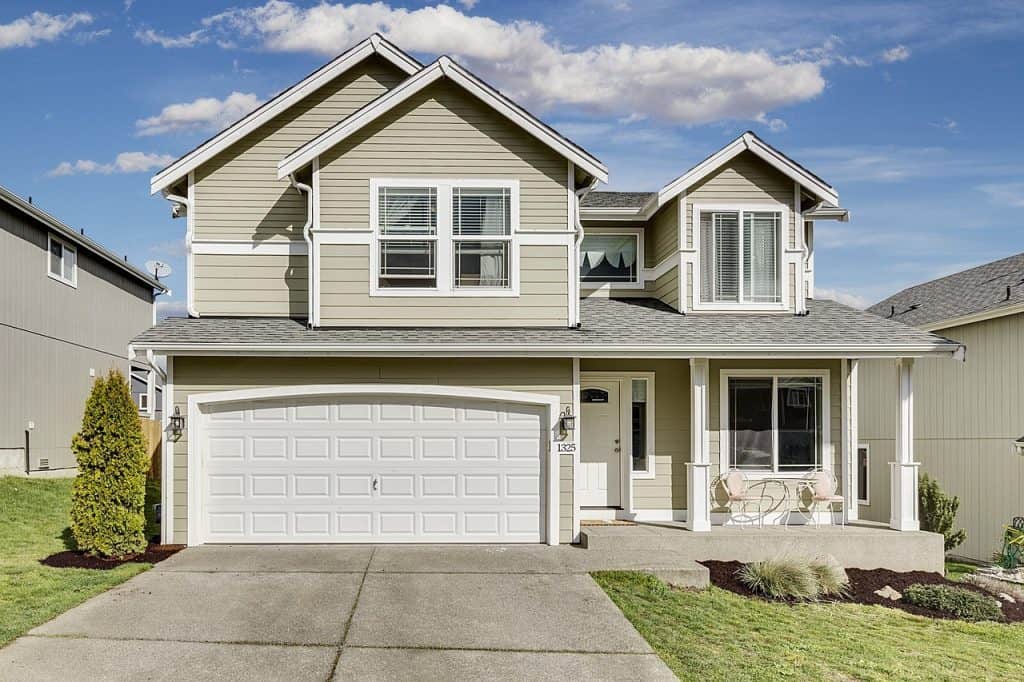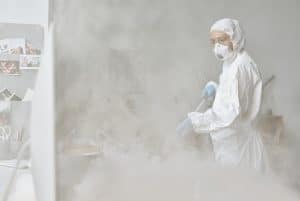When it comes to garage flooring, the choices can be overwhelming. With various options on the market, selecting the right type of coating to suit your needs can make a world of difference.
Garage floor coatings not only enhance the look of the space but also protect it from damage and wear. Let’s break down the main types of garage floor coatings, their benefits, and how they function.
Epoxy Coatings
Epoxy coatings are one of the most popular choices for garage floors. Composed of a combination of resin and hardeners, this type of flooring creates a durable surface that can withstand heavy loads and impact.
The application process involves a thorough cleaning of the concrete surface, followed by the mixing of the epoxy components. Once applied, it forms a tough, glossy finish that resists stains, chemicals, and abrasions, making it easy to clean.
If safety is a priority in your workspace, consider using slip‑resistant protective garage finishes for added traction without sacrificing the sleek look epoxy provides.
Epoxy is available in various colors and patterns, allowing homeowners to customize their garage’s appearance. It’s a solid choice for those who want a sleek, modern look combined with practicality.
Polyurea Coatings
Polyurea coatings have gained traction in recent years, especially for their quick-drying properties. Unlike epoxy, which can take hours to set, polyurea can cure in as little as one hour. This speed makes it a favorite among those looking to minimize downtime during installation.
These coatings are highly resistant to UV rays, preventing fading over time. They also offer excellent adhesion to concrete surfaces, which means they won’t peel or chip easily.
With a flexible nature, polyurea can expand and contract with temperature changes, reducing the risk of cracking—ideal for garages that experience fluctuating conditions.
Polyaspartic Coatings
A relative newcomer, polyaspartic coatings are similar to polyurea but offer additional benefits. Being a hybrid, they combine the best attributes of both epoxy and polyurea. They cure quickly, often allowing for foot traffic within a few hours and vehicle traffic within a day.
Polyaspartic coatings are versatile, providing a thick layer that resists abrasions, chemicals, and UV exposure. These coatings can also be tinted to achieve a specific aesthetic. Their flexibility makes them a reliable choice for climates that experience drastic temperature shifts.
Concrete Stains
For a more natural look, concrete stains are an excellent option. Unlike coatings, stains permeate the concrete and alter its color rather than sitting on top. This gives the floor a rich, mottled appearance that can resemble stone or marble, appealing to those who prefer a more organic aesthetic.
There are two main types of stains: acid-based and water-based. Acid-based stains react with the minerals in the concrete, creating unique patterns. Water-based stains offer a broader range of colors and are easier to apply but may not yield the same depth of color.
One downside is that stains do not provide the same protective layer as coatings. Therefore, it’s often beneficial to apply a sealant on top for added durability.
Sealers
Concrete sealers serve as a protective top coat for concrete surfaces. These can be used alone or in conjunction with stains and coatings. Sealers protect against water, oil, and other substances that can stain or damage the concrete.
There are several types of sealers: acrylic, epoxy, and polyurethane. Acrylic sealers are easy to apply and dry quickly, making them a popular choice for DIYers. However, they may not provide long-lasting protection compared to epoxy or polyurethane options.
When selecting a sealer, consider the specific needs of your garage. For instance, if you frequently work on vehicles, a more robust sealer that resists chemicals would be advisable.
Garage Floor Tiles

For those who want a change from traditional coatings, garage floor tiles offer an alternative. Available in various materials such as vinyl, rubber, and plastic, these tiles can be interlocked for easy installation.
Garage floor tiles are excellent for DIY enthusiasts, as they can often be placed over existing concrete without the need for adhesives. They come in numerous colors and styles, allowing for creative designs.
These tiles provide cushioning, making standing for long periods easier on the body. However, they may not be as durable or resistant to extreme conditions as coatings.
Paints
Paints specifically formulated for concrete can also be an option for garage floors. These paints are designed to adhere to concrete surfaces and can provide a vibrant finish.
While paint can be a cost-effective solution, it may not offer the same level of durability as other coatings. Paints tend to wear out faster under heavy use, and they can be susceptible to peeling or chipping, especially in high-traffic areas.
It’s vital to prepare the concrete properly before painting to ensure good adhesion. A primer may be necessary to achieve the best results.
Cost Considerations
When evaluating garage floor coatings, cost can be a significant factor. Epoxy and polyaspartic coatings tend to be more expensive than concrete stains or paints, primarily due to their durability and the complexity of their installation.
DIY options like stains or paints may save money upfront but consider the long-term implications. If maintenance and replacement are needed sooner, what seemed like a bargain might not be the best deal in the long run.
Application Process
The application process for each type of coating can vary significantly. Epoxy and polyurea require careful preparation, including cleaning, etching, and sometimes repairing cracks in the concrete.
For stains, the surface must be clean and free from oils or sealers that could prevent proper adhesion. Paints also necessitate similar prep work, usually involving the application of a primer.
If you’re not comfortable with these steps, hiring a professional can help ensure a smooth installation, providing peace of mind and a more polished finish.
Maintenance and Longevity
Maintenance requirements differ between the types of coatings. Epoxy and polyaspartic coatings are relatively low maintenance. Regular sweeping and occasional mopping with a pH-neutral cleaner will help keep them looking fresh.
Concrete stains may require resealing every few years to maintain their appearance and protect against wear. Paints typically need more frequent touch-ups or even complete reapplication depending on traffic and usage.
The longevity of each option can vary based on usage, environmental exposure, and maintenance practices. Understanding these factors can guide you in choosing a coating that fits your lifestyle and expectations.
Through this exploration of garage floor coatings, one can appreciate how each type serves unique purposes. Whether you prioritize aesthetics, durability, or ease of maintenance, there’s a coating tailored to your needs. With so many choices available, you can find the perfect fit for your garage space, making it not just a place for vehicles but a functional and appealing part of your home.




